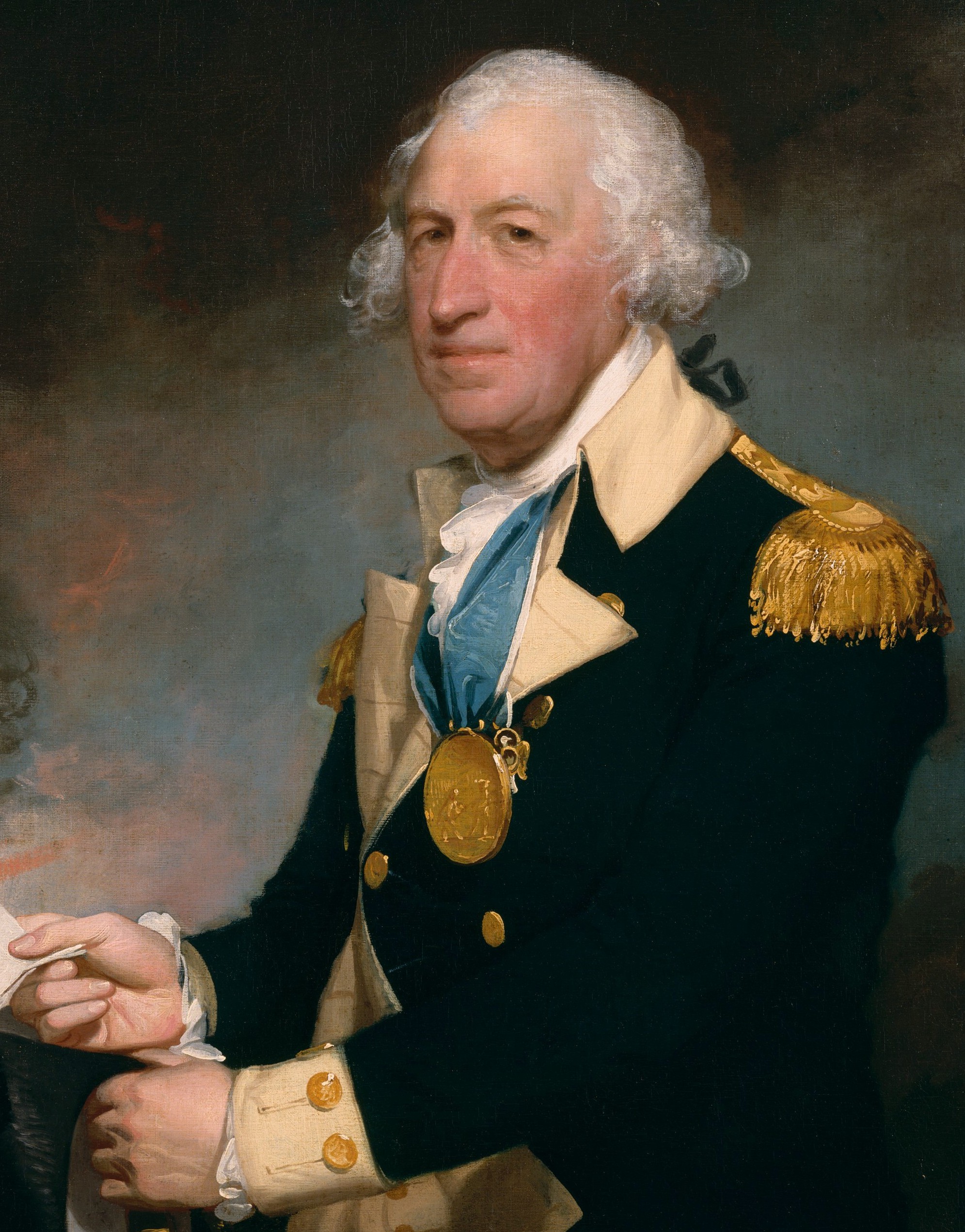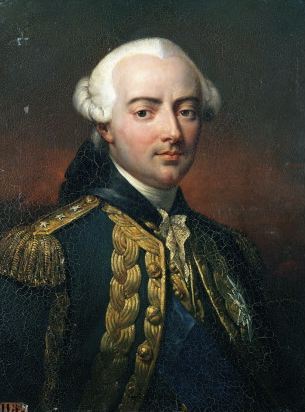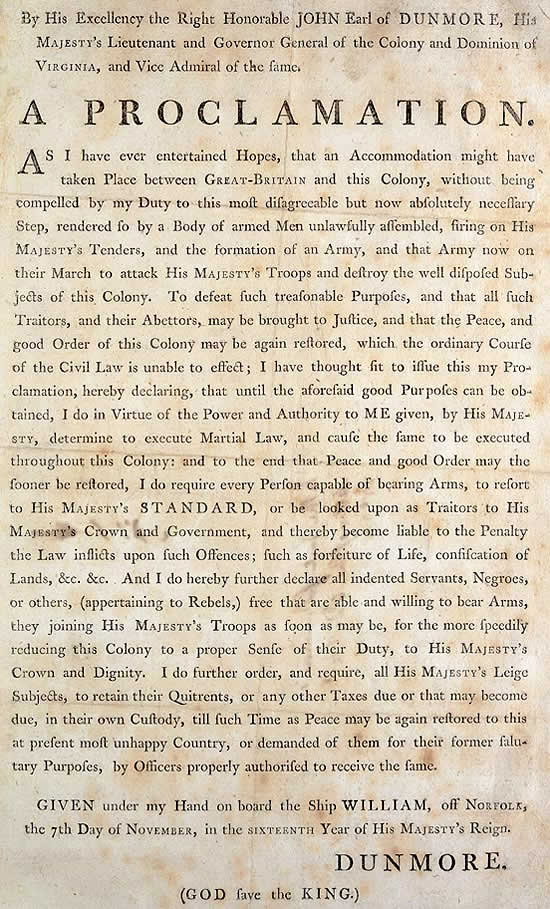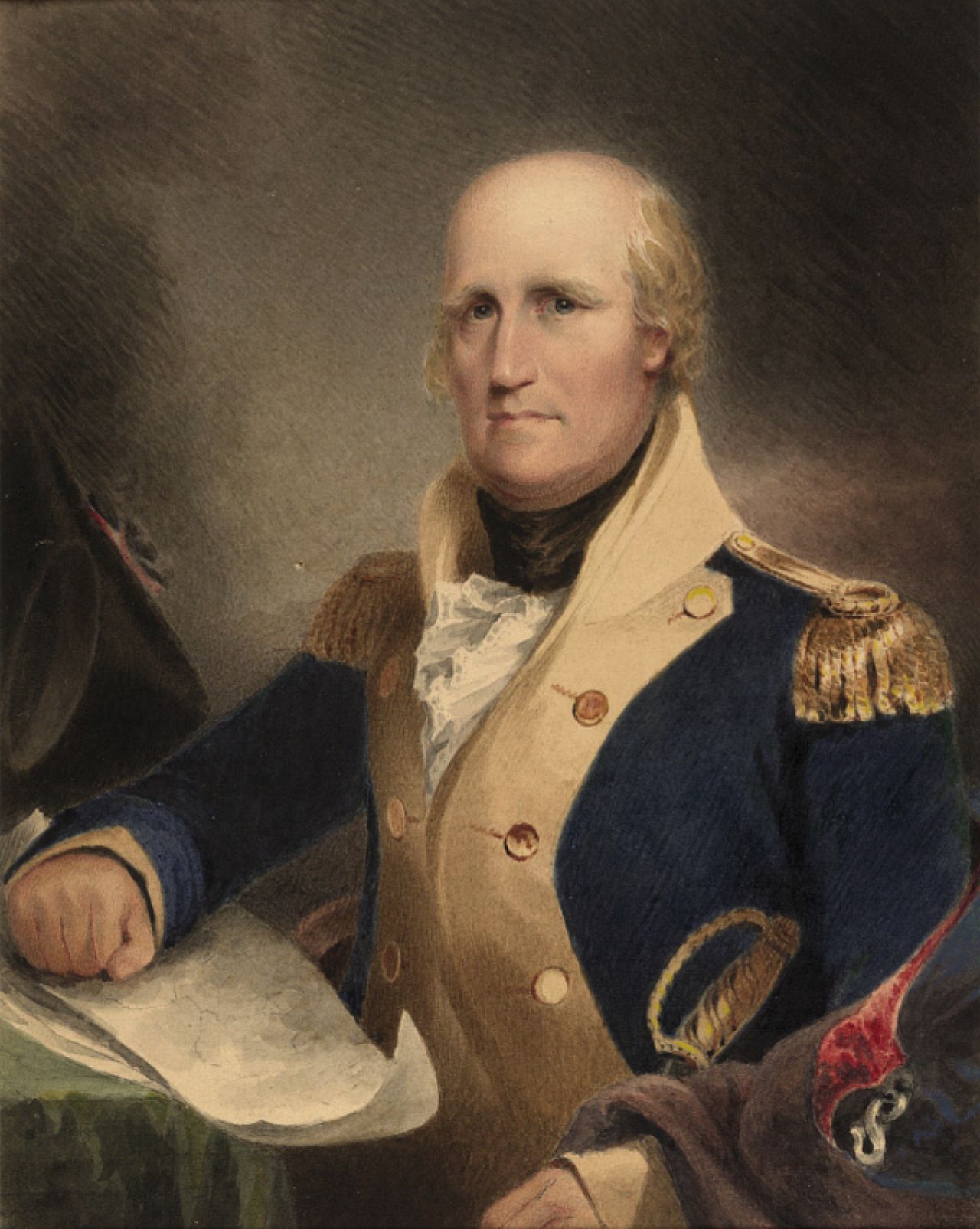|
|
Post by Aurelia on Nov 6, 2019 10:08:23 GMT -5
November 1st 1765 : The Stamp Act officially takes effect. The Stamp Act was a piece of legislature introduced by Prime Minister George Grenville as a means of raising money to offset the British incurred debts during the French and Indian War. This new tax was imposed on all colonists - taxing every piece of paper used for print. This meant that everything from playing cards, bills of sale and newspapers to licenses and legal documents were heavily taxed. Up until this point, taxes had been used as a means to regulate commerce not a direct source of raising money for the government. Though a similar Stamp Act tax was in place in Britain, the tax demanded of the colonies was steeper than that paid by British subjects in England. As this additionally high tax was put into place for just the American colonies with no representative of the colonies present when it was proposed and passed, the Stamp Act was viewed with great animosity by colonists. In modern terms, the cost of receiving a diploma upon graduation would be about $234.84 in taxes - a magazine would cost just under $300 in taxes. For legal papers, the taxes were doubled. By the time the Stamp Act was enforced, the riots, protests and boycottings had inspired all of the current stamp distributors to resign their position - so as of Nov 1st, 1765, there were no stamp distributors to enforce the tax.    |
|
|
|
Post by Aurelia on Nov 6, 2019 10:19:14 GMT -5
November 2nd 1734 : Daniel Boone, an American pioneer, explorer, woodsman and frontiersman, was born in Pennsylvania. He would be key in holding the Kentucky frontier and protecting the white inhabitants during the American Revolution. November 2nd 1783 : George Washington issues his Farewell Orders to the Continental Army as he retired from service.
"May ample justice be done them (the soldiers who fought) here, and may the choicest of Heaven's favors both here and hereafter attend those, who under the divine auspices have secured innumerable blessings for others: With these Wishes, and this benediction, the Commander in Chief is about to retire from service--The Curtain of seperation will soon be drawn--and the Military Scene to him will be closed for ever."
You can read Washington's full address here.

|
|
|
|
Post by Aurelia on Nov 6, 2019 10:30:48 GMT -5
November 3rd 1777: Washington is informed of the Conway Cabal - a conspiracy to discredit Washington with Congress and have him replaced by General Horatio Gates. This would be the only internal threat to Washington's leadership during the course of the war. A portrait of the controversial Horatio Gates.  |
|
|
|
Post by Aurelia on Nov 6, 2019 10:40:49 GMT -5
November 4th 1775 : The Continental Congress agrees to underwrite the cost of raising three battalions for the defense of South Carolina and one for the colony of Georgia. The body also recommends that South Carolina create a new form of government, if necessary. November 4th 1776 : Congress received a letter from George Mason, Fairfax County, Virginia transmitting a resolution that if the State did not appoint officers for the new, long term Army, that Washington would be ordered to commission his own officers and recruit men. November 4th 1778 : French Admiral Charles Hector, Count D'Estaing left Boston for the West Indies. In July of that year, 16 French ships had arrived to aid the Americans as they fought the British. A storm caught the French fleet off guard just as they moved to counter the British - for two days the weather raged, damaging and scattering both fleets. With his fleet too damaged to be of any assistance to the colonists, after repairs were made in Boston, Count D'Estaing sailed to the West Indies in hopes of fighting the British in the uprisings there.  |
|
|
|
Post by Aurelia on Nov 6, 2019 11:11:39 GMT -5
November 5th 1780 : De la Balme's Defeat (also known as De la Balme's Massacre). French cavalry officer Augustin Mottin de la Balme had arrived in the colonies and was appointed Colonial Army's Inspector General of Cavalry - upon learning of Kasimir Pulaski's command of the United States Cavalry De la Balme resigned in October 1777. De la Balme then traveled down the Ohio River to Kaskaskia in an effort to take the British Fort Detroit - upon arriving his quickly found many allies in the Canadiens who had been under British rule for over 10 years. Amassing recruits as he traveled, De la Balme met little resistance as he headed to Fort Detroit - marching under a French flag and moving quickly towards his objective. Upon reaching the Miami tribe capital of Kekionga (located in what is now Indiana), De la Balme decided to take possession of the town, hoisted the French flag and raided the stores of the British for two weeks. When the Miami chef Little Turtle and his tribesmen learned of this trespass, they ambushed De la Balme and a force of some twenty men as they ventured out to raid a nearby trading post. The men took cover by a river bed but were only able to fire one volley in return before they were overwhelmed. Augustin Mottin de la Balme died in battle. While it is not known whether De la Balme was working under his own initiative or direct orders, it is believed that he was sent to take Fort Detroit on secret orders from Washington. A book on equitation by De la Balme, published in 1773  |
|
|
|
Post by Aurelia on Nov 6, 2019 11:35:55 GMT -5
November 6th 1776 : Lord Germain, Secretary of State for America, on this day wrote two letters addressed to Admiral Howe. The first acknowledged the report of his capture of New York, while the second letter reminded Howe that the King wanted him to engage the Southern Indians through John Stuart, Superintendent of Indians. At an American Council of War, it was agreed that Howe would move his troops to New Jersey. Therefore, Washington would go to New Jersey and three thousand men were to be posted at Peekskill. George Germain, 1st Viscount Sackville  |
|
|
|
Post by Aurelia on Nov 8, 2019 11:47:59 GMT -5
November 7th 1775 : Royal Governor Dunmore signs Dunmore's Proclamation into being. In an attempt to reassert his authority after living on a boat in Yorktown harbor for fear of the rebel uprisings in Virginia, John Murray, 4th Earl of Dunmore and Royal Governor of the Colony of Virginia proclaims martial law and frees any slaves willing to leave their masters and fight in the Royal Army. Dunmore's Proclamation backfired - it united Loyalists and Patriot plantation owners against Dunmore and less than 2,000 slaves left to join what would become "Dunmore's Ethiopian Regiment".  |
|
|
|
Post by Aurelia on Nov 12, 2019 9:47:18 GMT -5
November 8th 1775: In a letter from this date, Washington's expresses his frustration at the localism creating divisions in the Continental Army: Washington seeks to resolve several problems facing the army: how to encourage experienced troops to enlist; how to assemble a capable officer corps; and how to overcome provinical differences and rivalries. He writes, "Connecticut wants no Massachusetts man in her corps. Massachusetts thinks there is no necessity for a Rhode Islander. . . " November 8th 1776 : Leading up to the Battle of Fort Washington, roughly 2 dozen rebels fight off a larger Hessian company trying to take one of the forward debouts surrounding the fort. In spite of the Hessians having held the higher ground with better cover and the added aid of artillery support, they American defenders still were able to hold them off.   |
|
|
|
Post by Aurelia on Nov 12, 2019 10:10:57 GMT -5
November 9th 1780 : A British surprise attack goes awry in T he Battle of Fishdam Ford (Broad River), South Carolina. British Major James Wemyss, commanding a force of 140 horsemen, attempted to surprise a sleeping encampment of 300 Colonial Militia, under the leadership of General Thomas Sumter. Sumter was aware of the possibility of a surprise attack and had ordered his men to sleep with their arms, to keep their fires burning and had given specific formation instructions in the event of an attack. Due to these heighten security measures, the ambush that happened on Nov. 9th at 1 AM fell apart, leaving Wemyss wounded and in the custody of the Americans. Wemyss was known as “the second most hated man in the British army”.  |
|
|
|
Post by Aurelia on Nov 12, 2019 10:20:40 GMT -5
November 10th 1782 : The last battle of the American Revolution is fought. To spite common belief, the surrender of Cornwallis in October 1781 did not mark the end of the Revolutionary War - the hostilities continued for two more years as a priliminary peace treaty was not agreed upon or signed for an entire year after the surrender at Yorktown. On Nov 10th, 1782, American militiamen attacked several Shawnee villages in Chillicothe, Ohio - this was in retaliation for attacks by American and Canadian Loyalists and Indians against Sandusky, Ohio; Lexington, Kentucky; as well as several other settlements where they seized hundreds of prisoners. General George Rogers Clark and over a thousand militiamen on horseback attacked and burned several Shawnee villages and defeated them decisively.  |
|